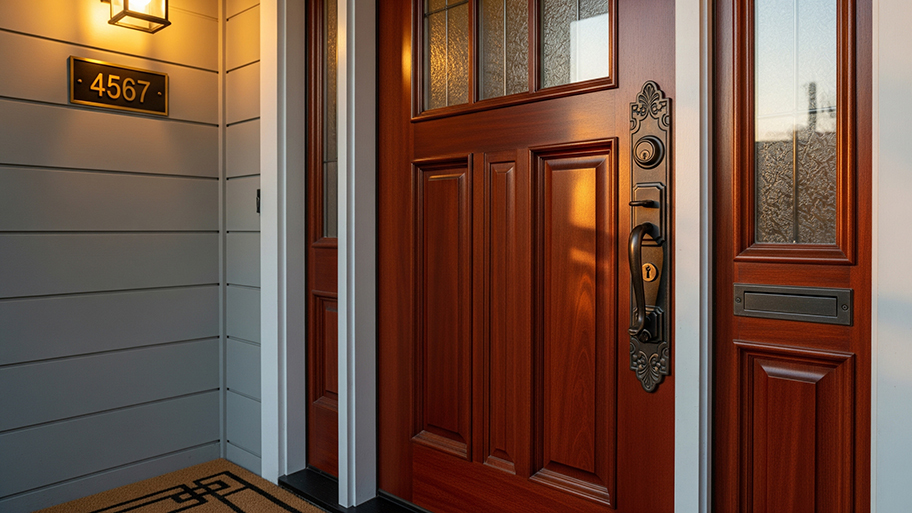
Wondering how much a locksmith costs? Discover locksmith prices, key cost factors, and tips to save on home lockout, rekeying, and installation services.
Unlock the key to fixing your door


There’s nothing quite like the frustration of coming home to realize your key won’t let you into your house. Fortunately, there are several straightforward solutions you can try right now. From checking for obstructions to giving the lock a little lubrication, use this guide to learn how to troubleshoot a key that’s not turning in a lock.
When taking on this project, expect questions only a pro can answer. With our network of local pros, you'll get the job done and your questions answered—without the hassle and stress of doing it yourself.
Take a close look at your lock to see if any dirt, dust, or small debris, like part of a different key, might be lodged inside the keyhole. You can use a flashlight to peer inside the lock. If you spot any objects, gently remove them with a thin tool like a paperclip or a can of compressed air to blow out the debris.
Over time, keys can become bent, worn down, or cracked, preventing them from working properly. Hold your key up and check for any visible signs of damage or wear. If it’s bent, you can try to straighten it carefully with a pair of pliers—but be cautious not to break it. If the key is severely damaged, it's a good idea to stop using it to avoid getting it stuck in the lock.
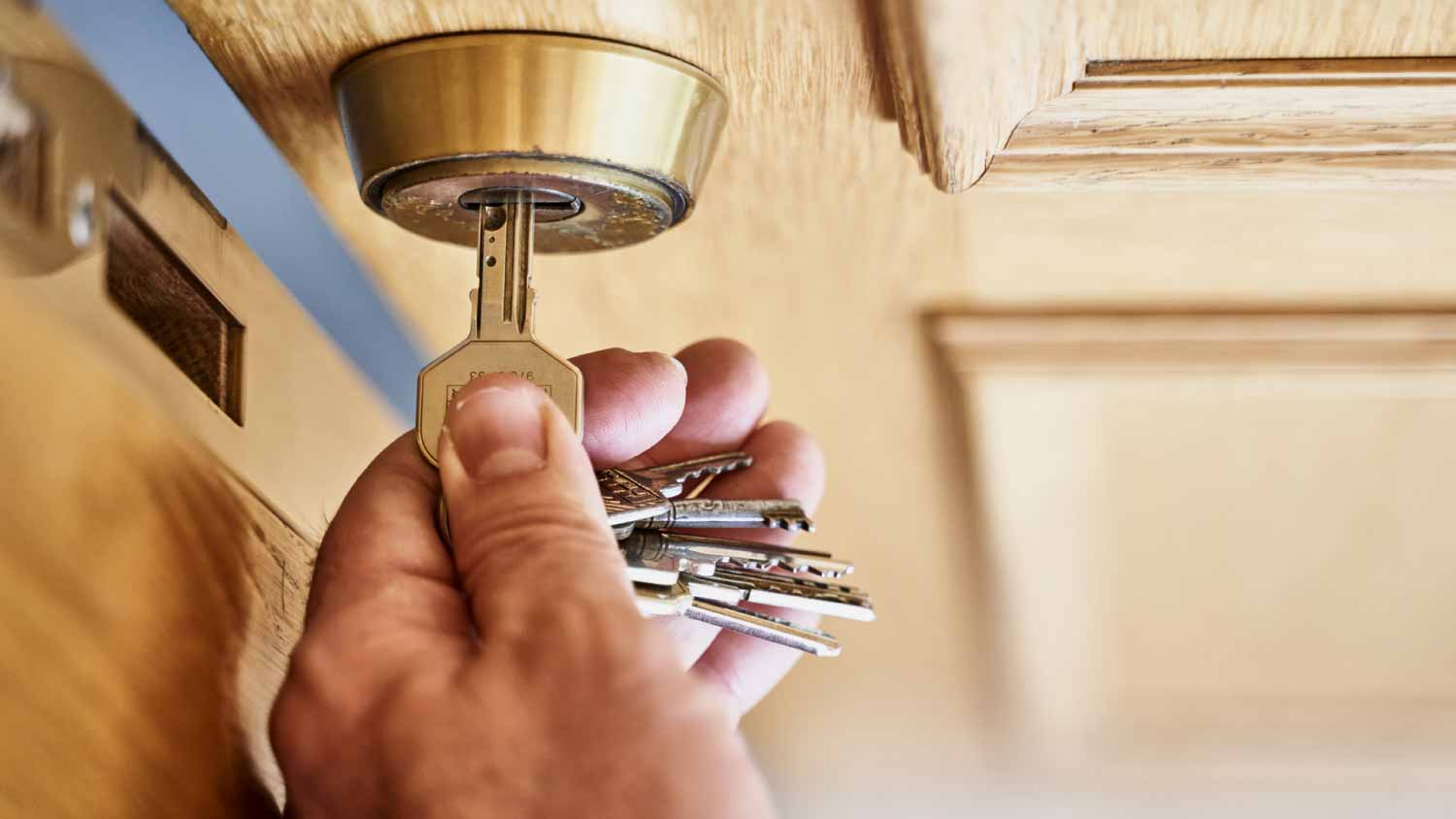
If you have a spare key, give it a try. Using a different key can help determine whether the problem lies with the original key or the lock itself. If the spare key works smoothly, then the issue is likely with your primary key, and you should consider getting a new one made. If the spare doesn't work either, the lock is the likely culprit.
Locks can become stiff over time due to lack of lubrication. If you suspect this might be the case, use a graphite-based lubricant or a dry Teflon spray specifically designed for locks. Avoid oil-based products like WD-40, as they can attract dust and grime, leading to more problems down the line. Spray the lubricant into the keyhole and onto the key, then insert the key and turn it several times to distribute the lubricant evenly inside the lock.
If your door is misaligned, it can put pressure on the lock mechanism, making it tough for the key to turn. So inspect how the door sits in the frame, looking for uneven gaps or any rubbing against the frame when you open or close it. Tighten any loose screws on the hinges with a screwdriver, and if needed, adjust the hinges or the strike plate to ensure everything lines up properly.
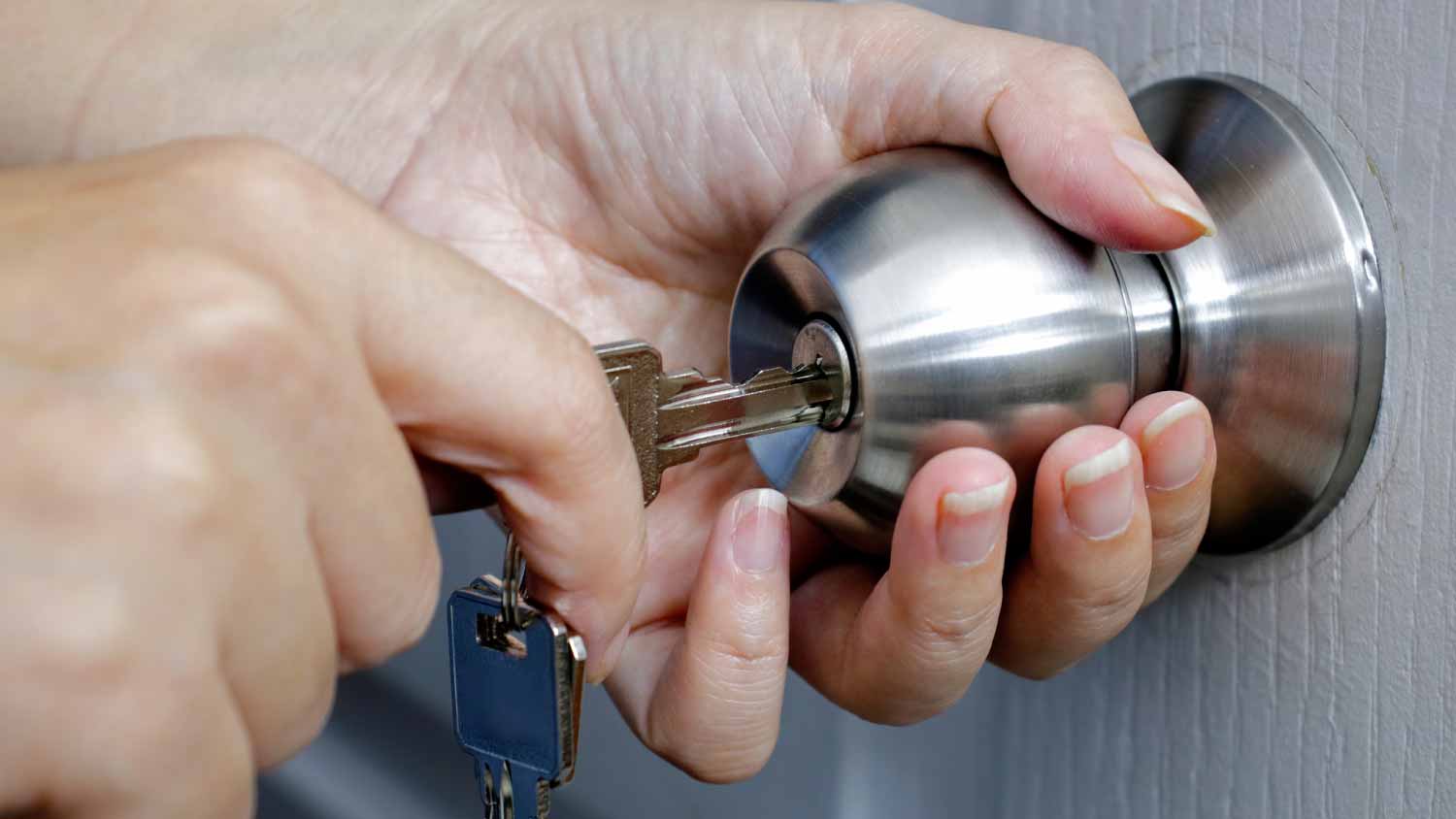
Sometimes a little jiggle is all you need. Gently insert the key all the way into the lock and try wiggling it up and down while turning it slowly. This can help the pins inside the lock align with the key's grooves. Be careful not to use too much force—you don't want to break the key off inside the lock. If you feel the key starting to give, keep applying gentle pressure until it turns fully. This simple trick can often get you back inside without any fuss.
If you're dealing with cold weather, your lock might be frozen. Freezing temperatures can cause moisture inside the lock to ice up, preventing the key from turning. To fix this, try warming up the lock. You can use a hairdryer on a low setting to gently heat the lock for a few minutes. If you don't have a hairdryer handy, just hold it in your hands and breathe on it for a bit. Once things have warmed up, try the key again.
Open the door and try turning the key in the lock while the door is ajar. If the key turns easily when the door is open, the problem likely lies with the alignment between the door and the frame. This means you might need to adjust the strike plate or hinges to fix the misalignment. If the key still won't turn even when the door is open, then the lock mechanism might be the culprit.
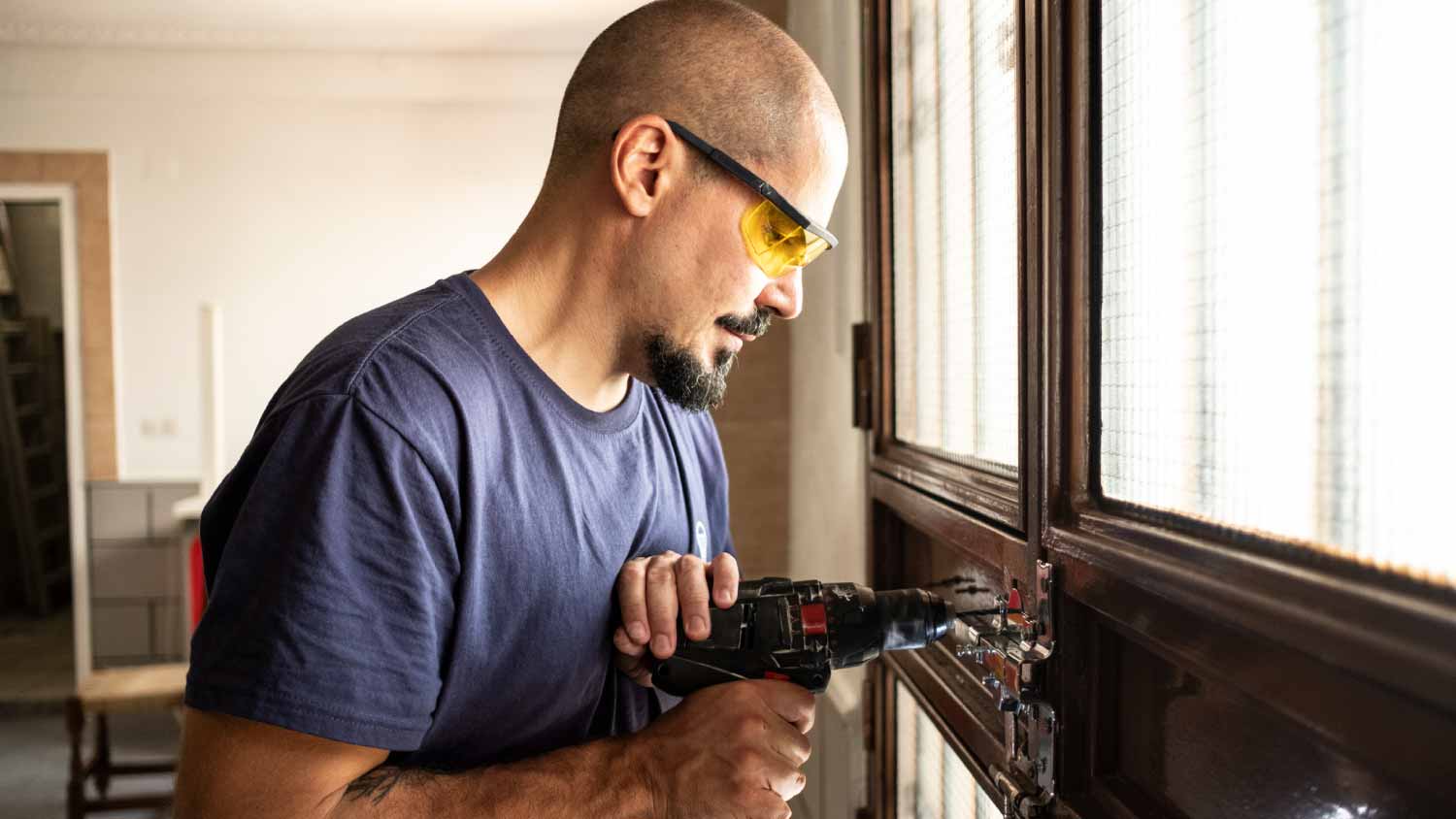
If all else fails, call a local locksmith to help you fix the problem. They’ll have the skills and tools necessary to diagnose the problem and propose the best solutions, whether you need a new key or to repair or replace the lock. Hiring a locksmith costs around $163, on average.
From average costs to expert advice, get all the answers you need to get your job done.

Wondering how much a locksmith costs? Discover locksmith prices, key cost factors, and tips to save on home lockout, rekeying, and installation services.

Uncover the cost of lock replacement. Discover labor, materials, and cost-saving tips for your next lock replacement project.

Discover the average deadbolt installation cost, price factors, and tips to save on your project. Learn how to budget for secure home upgrades.

Our guide walks you through how to rekey a lock in 11 easy steps, plus helps you decide when to rekey a lock and when to replace it.

Deadbolt locks add an extra layer of security. Learn about the different types and benefits so you can choose the perfect one to protect your home.
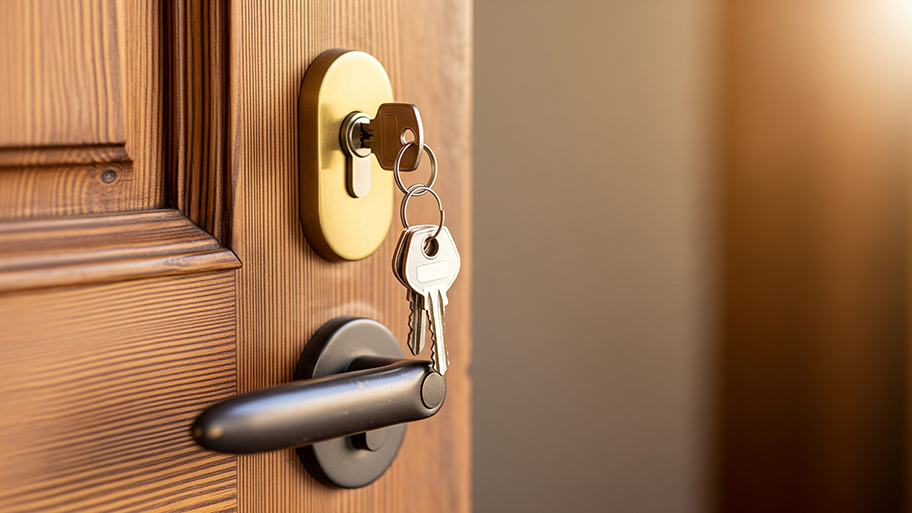
Chances are, if you need to know how to get out a key stuck in a lock, you need a quick and easy solution. Try these easy DIY options so you can move on.